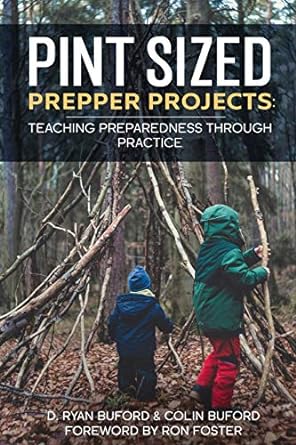How to: Wild Bergamot (Mondara fistulosa)
Video
Bee balm is the common name of both Monarda didyma, which has red flowers, or Monarda fistulosa, which can have lavender, pink, or white flowers. M. didyma and M. fistulosa are two of the most popular species among the seventeen species and over fifty cultivars of the plant. One or more of them are found nearly everywhere in North America (USDA).
wounds.
In addition to bee balm, Monarda, bergamot, and Oswego tea are some of the common names of Monarda didyma. Each name has a very good reason why it was used: Bee balm, since the bees love it; bergamot due to its aroma, which is reminiscent of the bergamot orange; Oswego tea because Native American people in the Oswego, NY region used it for teas.
wounds.
I [Jackie Johnson, N.D] work as an auditor for the Oneida Nation who came to Wisconsin in the early 1800







